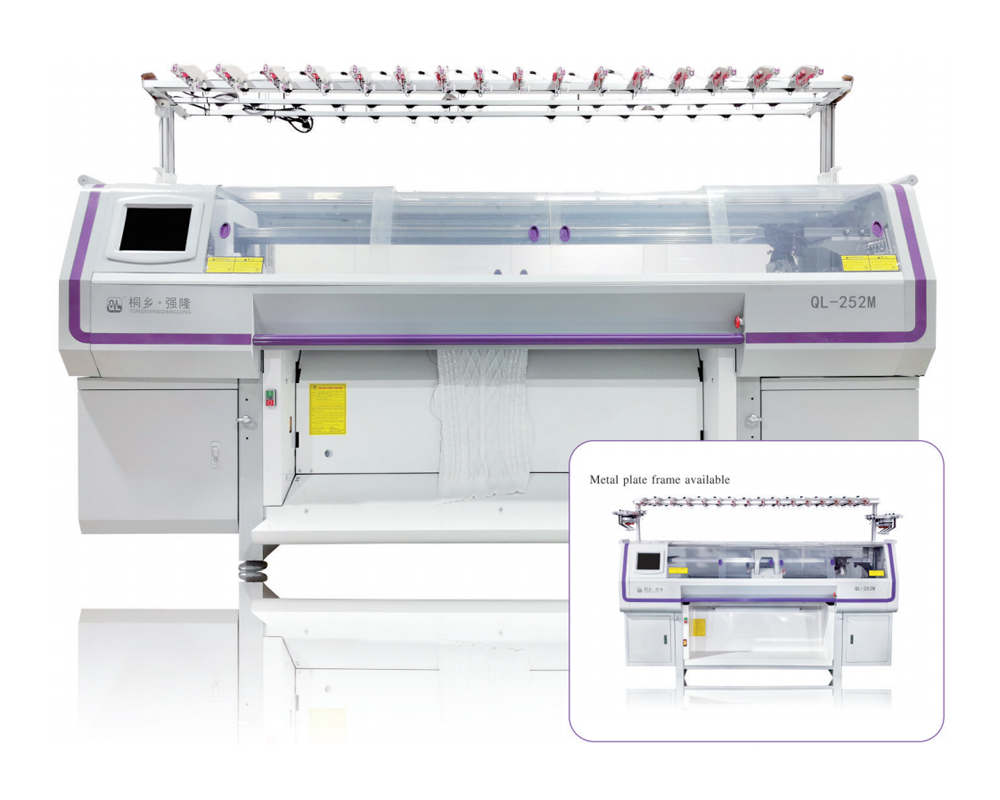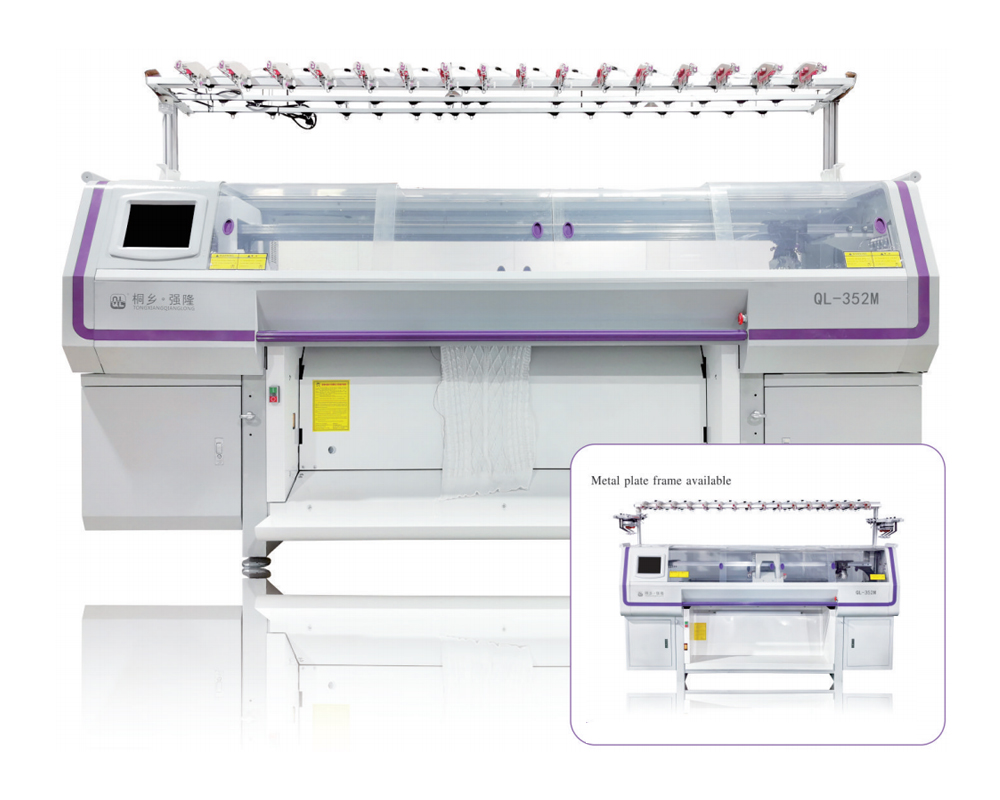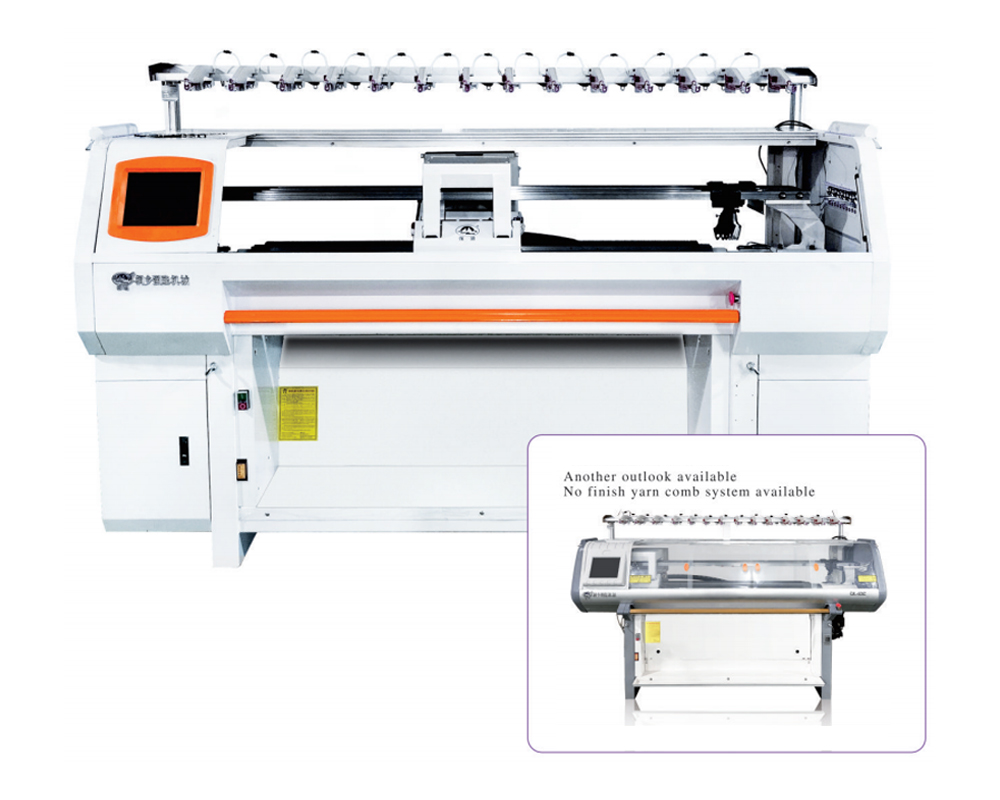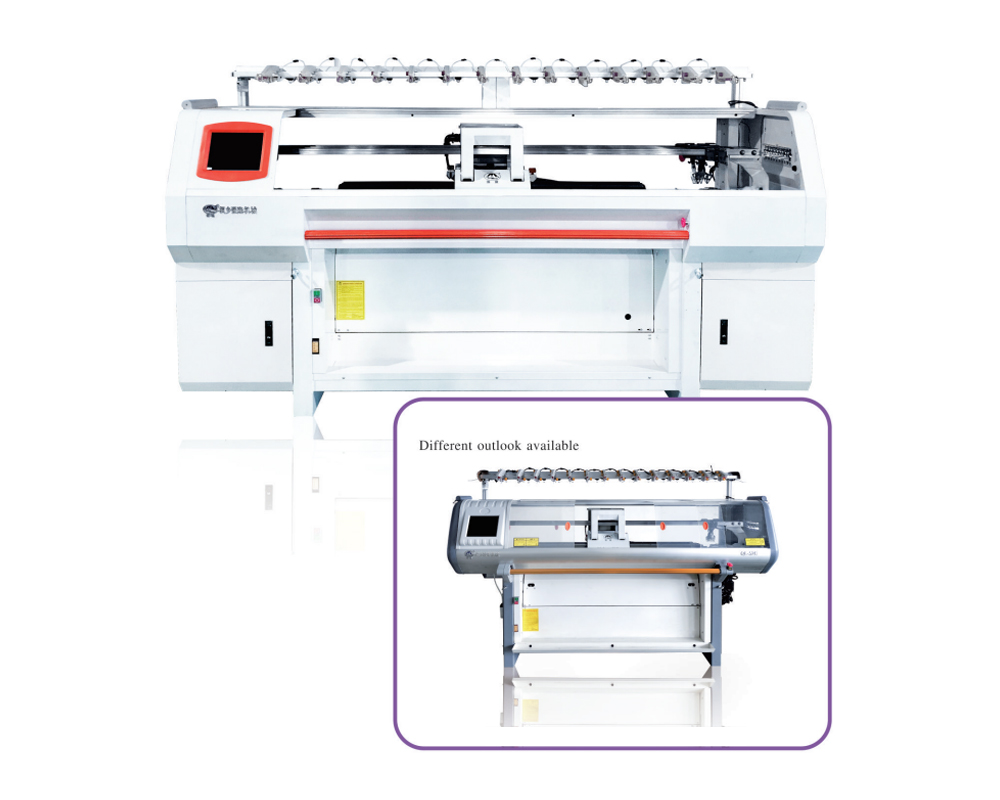Tongxiang Qianglong Machinery Co., Ltd. is high-tech China wholesale computerized flat knitting machine manufacturers, specialized in designing, developing, and manufacturing Knitting Machinery..
In recent years, the footwear industry has undergone a quiet but powerful transformation. At the center of this revolution is one remarkable innovation — the 3D shoe upper knitting machine. Combining precision engineering, digital technology, and textile craftsmanship, this machine is changing how shoes are designed, produced, and worn. But what makes this technology so special? How does it reshape the global footwear landscape? Let’s explore the rise, mechanics, and impact of the 3D shoe upper knitting machine.
1. What Is a 3D Shoe Upper Knitting Machine?
A 3D shoe upper knitting machine is an advanced computerized knitting system designed to produce seamless, form-fitting fabric uppers for shoes. Instead of cutting and stitching multiple layers of textile or leather, this machine knits the entire upper structure in one piece, following digital design patterns.
This technology originated from flat knitting machines used in apparel manufacturing but has been adapted for footwear with enhanced precision and versatility. It allows the integration of various yarn types, densities, and textures within a single process, enabling designers to create highly customized shoe uppers.
In simple terms, it is a digital weaving machine that “prints” the fabric structure of a shoe, layer by layer, using yarn instead of ink.
2. How Does It Work?
The working principle of a 3D shoe upper knitting machine involves computer-aided design (CAD) and automated knitting technology. The process includes the following steps:
- Digital Design Creation: Designers use specialized CAD software to create a 3D model of the shoe upper. The pattern includes zones for flexibility, breathability, and support.
- Material Selection: Yarn types such as polyester, nylon, cotton, spandex, or recycled fibers are chosen depending on performance needs.
- Programming and Simulation: The digital design is converted into knitting instructions and simulated for testing on-screen before production.
- Automated Knitting: The machine’s multiple needles and yarn feeders work simultaneously to knit the upper in one continuous process. It can even integrate mesh zones, padding, and logos directly into the fabric.
- Finishing: Once knitted, the upper is heat-set or shaped, then attached to the midsole and outsole to complete the shoe.
This seamless process minimizes human labor, reduces material waste, and ensures consistent quality — all key factors for modern footwear brands.

3. The Advantages of 3D Knitted Shoe Uppers
The 3D shoe upper knitting machine offers a host of benefits over traditional shoe-making methods.
a. Seamless Comfort
Traditional uppers often consist of multiple stitched panels that can cause discomfort or blisters. A knitted upper, by contrast, is seamless and elastic, wrapping around the foot like a sock. This ensures better fit, comfort, and breathability.
b. Lightweight and Flexible
Because knitted uppers use fine yarns and precision construction, the resulting shoes are extremely lightweight and flexible — ideal for running shoes, casual sneakers, and performance footwear.
c. Reduced Waste
In traditional cut-and-sew production, up to 30% of material may be discarded. 3D knitting uses yarn efficiently, producing minimal waste and supporting sustainable manufacturing.
d. Design Freedom
Designers can integrate textures, ventilation zones, and color patterns directly into the knit structure. This allows for unlimited creativity without the need for embroidery, printing, or overlays.
e. Faster Production
Since the machine automates multiple steps, from design to knitting, production time is significantly reduced. This supports on-demand manufacturing and quick response to fashion trends.
f. Sustainability and Efficiency
3D knitting aligns with global trends toward eco-friendly production by reducing energy consumption, waste, and the need for adhesives or extra materials.
4. Applications in the Footwear Industry
The 3D shoe upper knitting machine has found widespread use across different footwear segments:
- Athletic Shoes: Sports brands like Nike and Adidas use 3D knitting technology to produce performance-driven uppers such as Nike Flyknit and Adidas Primeknit.
- Casual and Fashion Shoes: Lifestyle brands employ knitted uppers for comfort and modern aesthetics.
- Work and Safety Shoes: Manufacturers integrate reinforced yarns or composite fibers for durability and protection.
- Children’s and Orthopedic Footwear: Knitted uppers offer flexibility, making them suitable for customized fits and health-oriented designs.
The technology’s adaptability means it can serve mass production as well as niche, customized footwear markets.
5. The Technology Behind the Machine
A 3D shoe upper knitting machine combines mechanical precision with digital intelligence. It typically includes:
- Computerized Control System: Manages knitting patterns and tension adjustments.
- Multi-Needle Bed: Enables complex 3D structures and seamless patterns.
- Automatic Yarn Feeder: Handles multiple yarns and colors simultaneously.
- Sensors and Error Detection: Ensure consistency and reduce defects.
- Touchscreen Interface: Allows easy operation and real-time design modification.
Leading machine manufacturers — such as Stoll (Germany), Shima Seiki (Japan), and Santoni (Italy) — continue to improve machine efficiency, speed, and integration with smart manufacturing systems (Industry 4.0).
6. The Rise of Digital Customization
One of the most exciting aspects of 3D shoe upper knitting is its ability to enable personalized production. Consumers can now design their own color schemes, logos, and fit specifications online, which are then translated directly into the machine’s knitting instructions.
This means that instead of producing thousands of identical shoes, brands can produce one-of-a-kind shoes efficiently — a trend that fits perfectly with the modern demand for individuality and fast fashion.
7. Sustainability: The Green Advantage
Sustainability has become a driving force behind the adoption of 3D shoe upper knitting technology. The process supports eco-friendly practices in several ways:
- Material Efficiency: Reduces cutting waste and yarn leftovers.
- Recycled Yarns: Can use eco-friendly or recycled fibers from PET bottles.
- Less Glue and Chemicals: Seamless designs eliminate many adhesives, reducing toxic emissions.
- Lower Energy Use: Digital automation shortens production time and saves electricity.
For brands aiming to meet sustainability goals, this technology provides a tangible solution to balance profitability and environmental responsibility.
8. Economic and Social Impact
Beyond environmental benefits, 3D shoe upper knitting machines also influence the global footwear supply chain.
- Automation and Labor: Automation reduces reliance on manual stitching, which lowers costs but also changes employment structures in traditional shoe-making regions.
- Localized Production: Since the machines are compact and efficient, production can shift closer to end markets, cutting transportation costs and emissions.
- Innovation Opportunities: Small and mid-sized brands can now enter the market without massive manufacturing infrastructure.
This democratization of production is reshaping how and where shoes are made worldwide.
9. Challenges and Limitations
Despite its advantages, 3D knitting technology also faces challenges:
- High Initial Cost: Machines and software require significant investment.
- Technical Expertise: Operators need specialized training in design and machine programming.
- Limited Material Variety: Some yarns lack the strength or stretch for certain footwear styles.
- Integration Complexity: Attaching knitted uppers to soles requires advanced bonding or stitching techniques.
However, as technology advances, these limitations are gradually being overcome through research and development.
10. The Future of 3D Knitting in Footwear
The next phase of 3D knitting will merge smart textiles, AI design, and robotics. We may soon see:
- Smart Knitted Shoes: Integrating sensors that track movement, pressure, and temperature.
- AI Design Assistance: Algorithms that automatically optimize patterns for comfort and style.
- Fully Automated Factories: Robots that assemble and finish shoes directly after knitting.
- Circular Recycling: Yarns that can be easily disassembled and reused in new shoes.
In this future, the 3D shoe upper knitting machine will not just be a tool but a central part of a digital, sustainable, and connected footwear ecosystem.
Conclusion: The Future Is Knitted
So, how is the 3D shoe upper knitting machine revolutionizing footwear manufacturing?
By merging technology, design, and sustainability, it transforms how shoes are created — from material efficiency to personalized design and environmental consciousness. What once required multiple steps and materials can now be done seamlessly with precision and speed.
From global sportswear giants to innovative start-ups, the world is embracing this technology to produce shoes that are lighter, greener, and smarter. As the industry continues to evolve, one thing is clear: the future of footwear is not just sewn — it’s knitted in 3D.

 English
English 简体中文
简体中文
 Chinese
Chinese English
English











